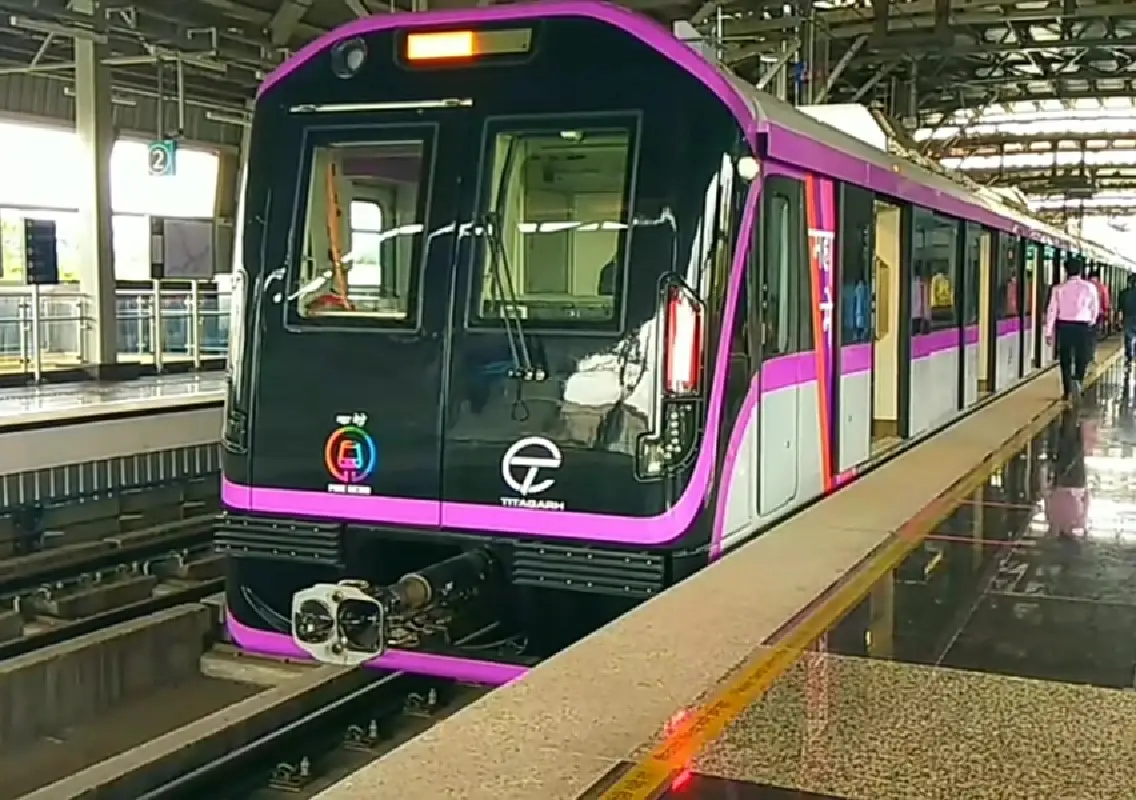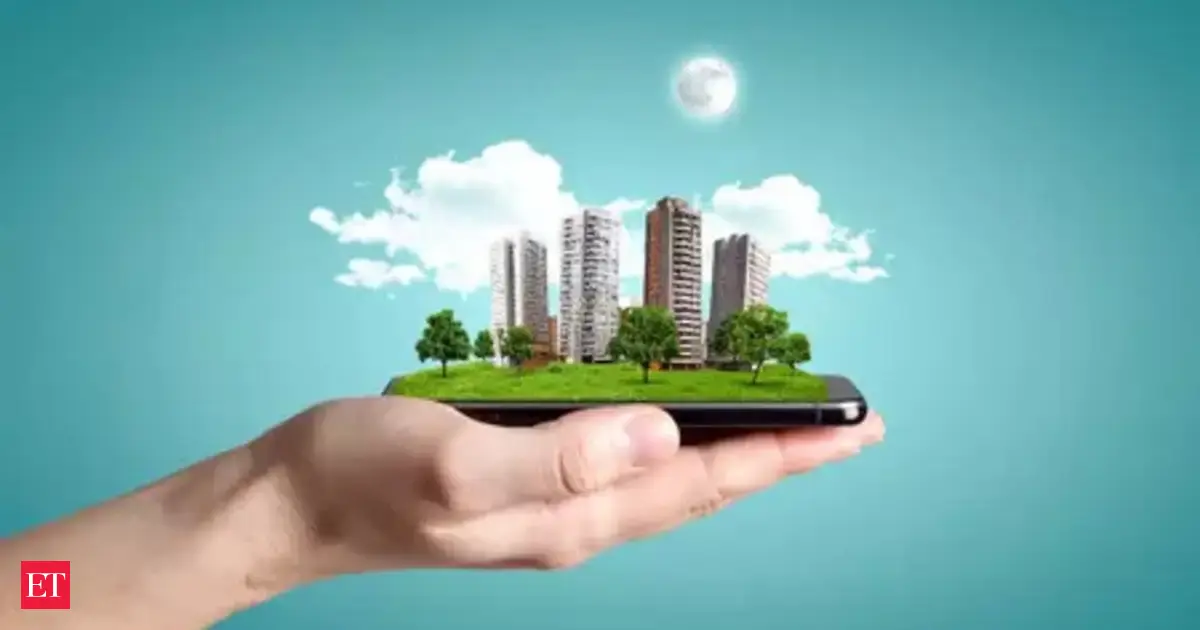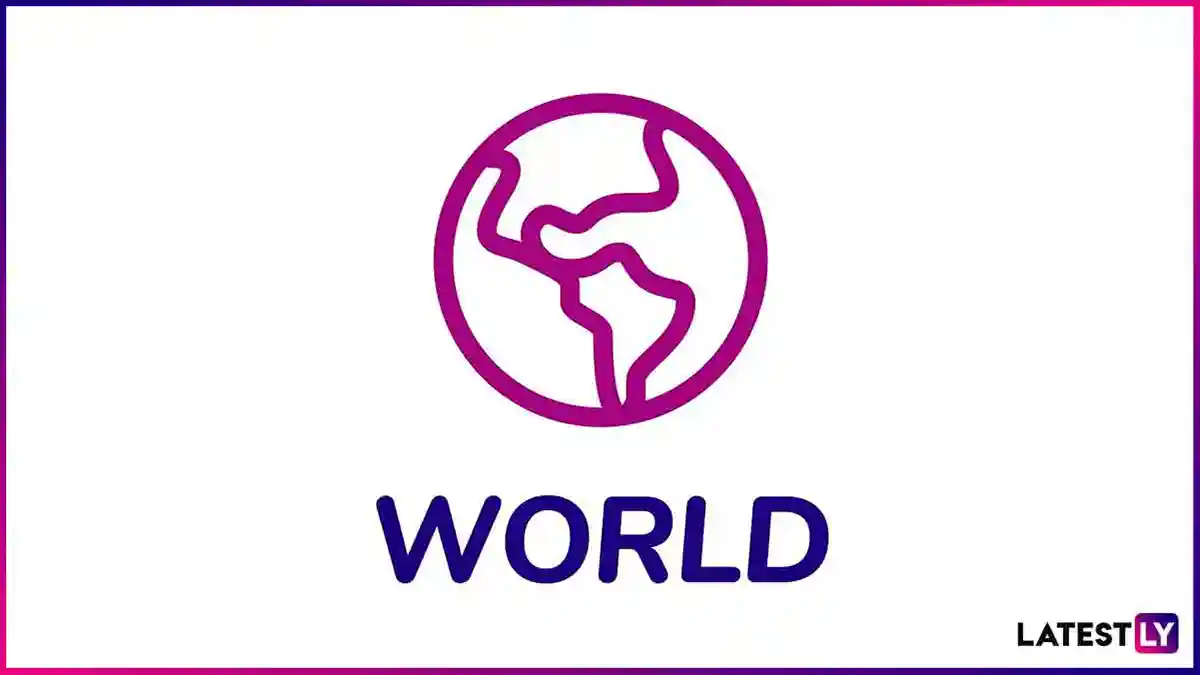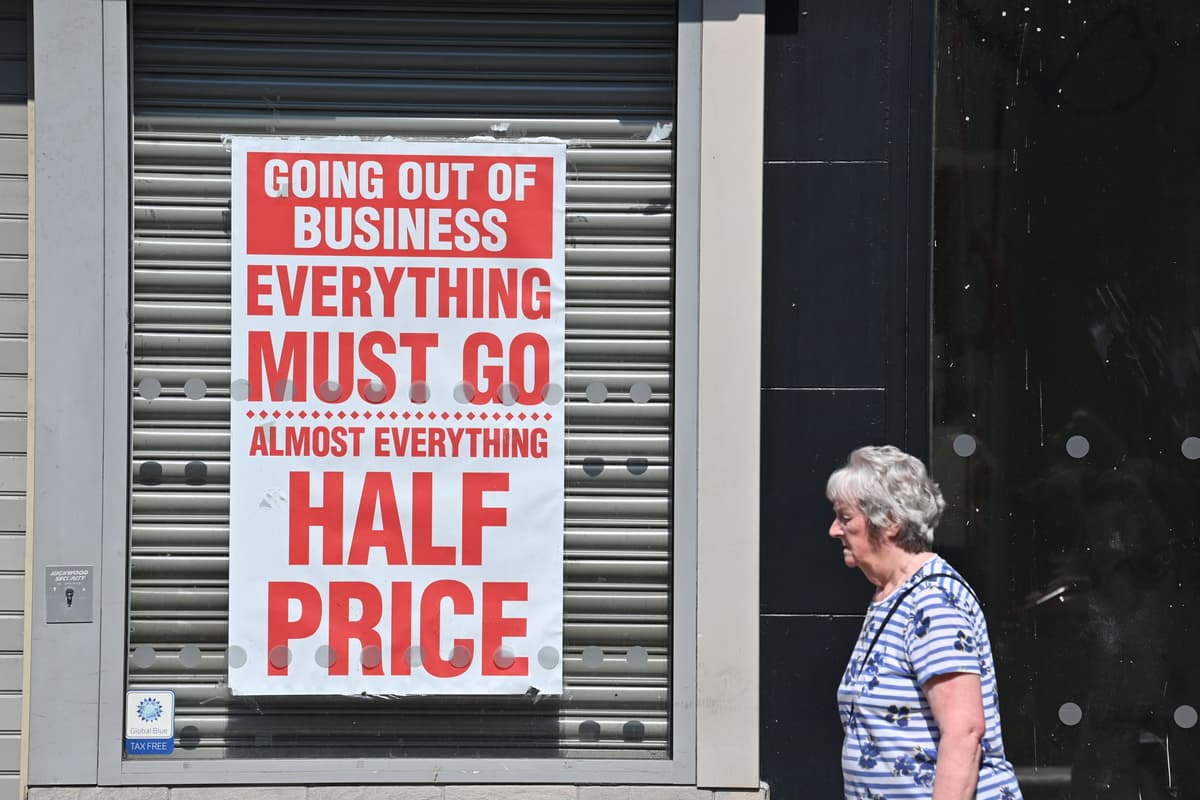By News Karnataka
Copyright newskarnataka

New Delhi: India’s metropolitan cities have undergone dramatic transformations over the last three decades, with Pune emerging as the fastest-growing metro in terms of built-up area. According to a recent urbanisation report, Pune recorded an extraordinary 332% increase in its built-up footprint, expanding to 373 square kilometres in 2025.
Pune leads urban expansion
Once a compact city, Pune’s transformation is largely attributed to the IT boom, particularly around the Rajiv Gandhi Infotech Park in Hinjawadi. The Mumbai–Pune Expressway further boosted connectivity, while residential and commercial real estate demand pushed the city into surrounding peri-urban zones. This outward sprawl has redefined Pune as one of India’s most dynamic urban centres.
Bengaluru close behind
Bengaluru, long recognised as India’s tech capital, follows with a 186% rise in built-up area, reaching 498 square kilometres. The city’s growth was powered by IT sector dominance, projects such as the Outer Ring Road and Namma Metro, and the Bengaluru–Mysuru Expressway. Its population more than doubled in the same period, underlining its role as a magnet for both talent and investment.
Delhi-NCR remains largest urban agglomeration
Despite lower percentage growth, Delhi-NCR retains its position as India’s largest metro, covering a vast 967 square kilometres of built-up area — a 71% jump since 1995. The region’s growth has been driven by satellite hubs like Noida, Gurugram, and Ghaziabad, supported by mega infrastructure such as the Delhi Metro network, Dwarka Expressway, and the upcoming Noida International Airport. This has cemented NCR’s reputation as the most connected and populous urban region in the country.
Mumbai grows vertically, not horizontally
Unlike other metros, Mumbai’s expansion has been slower, with only a 43% increase in built-up area to 588 square kilometres. However, constrained by land scarcity and high real estate prices, the city has turned to vertical growth. Redevelopment of old mills, chawls, and slums, alongside mega projects like the Mumbai Coastal Road, Trans Harbour Link, and Navi Mumbai International Airport, are reshaping the city’s skyline and density profile.
Growth in other major metros
Other metros have also witnessed rapid expansion:
Chennai: 137% rise, fuelled by IT and industrial growth.
Hyderabad: 95% rise, aided by HITEC City, Outer Ring Road, and business-friendly policies.
Ahmedabad: 102% rise, supported by GIFT City and enhanced connectivity.
Kolkata: 87% rise, driven by eastward expansion into Rajarhat and New Town.
Future of Indian urbanisation
India is steadily moving toward a decentralised urban model. While megacities like Delhi and Mumbai remain economic anchors, emerging metros such as Pune, Hyderabad, and Ahmedabad are set to absorb a larger share of population growth, housing, and jobs.
According to the report, by 2050 more than 53% of India’s population — nearly 876 million people — will live in urban areas.
Urbanisation trends are diverging into two patterns:
Vertical growth, as seen in Mumbai and central Bengaluru, with high-rises and mixed-use projects.
Horizontal growth, as in Pune and Hyderabad, driven by affordable land and large-scale development on the outskirts.
The data highlights how Indian cities are reshaping themselves to meet the demands of population growth, economic opportunities, and modern infrastructure. Pune’s meteoric rise underscores the potential of balanced horizontal growth, while Mumbai’s vertical expansion reflects the challenges of land scarcity. Together, these patterns reveal a rapidly transforming urban landscape, positioning India as one of the most dynamic urbanising nations in the world.



